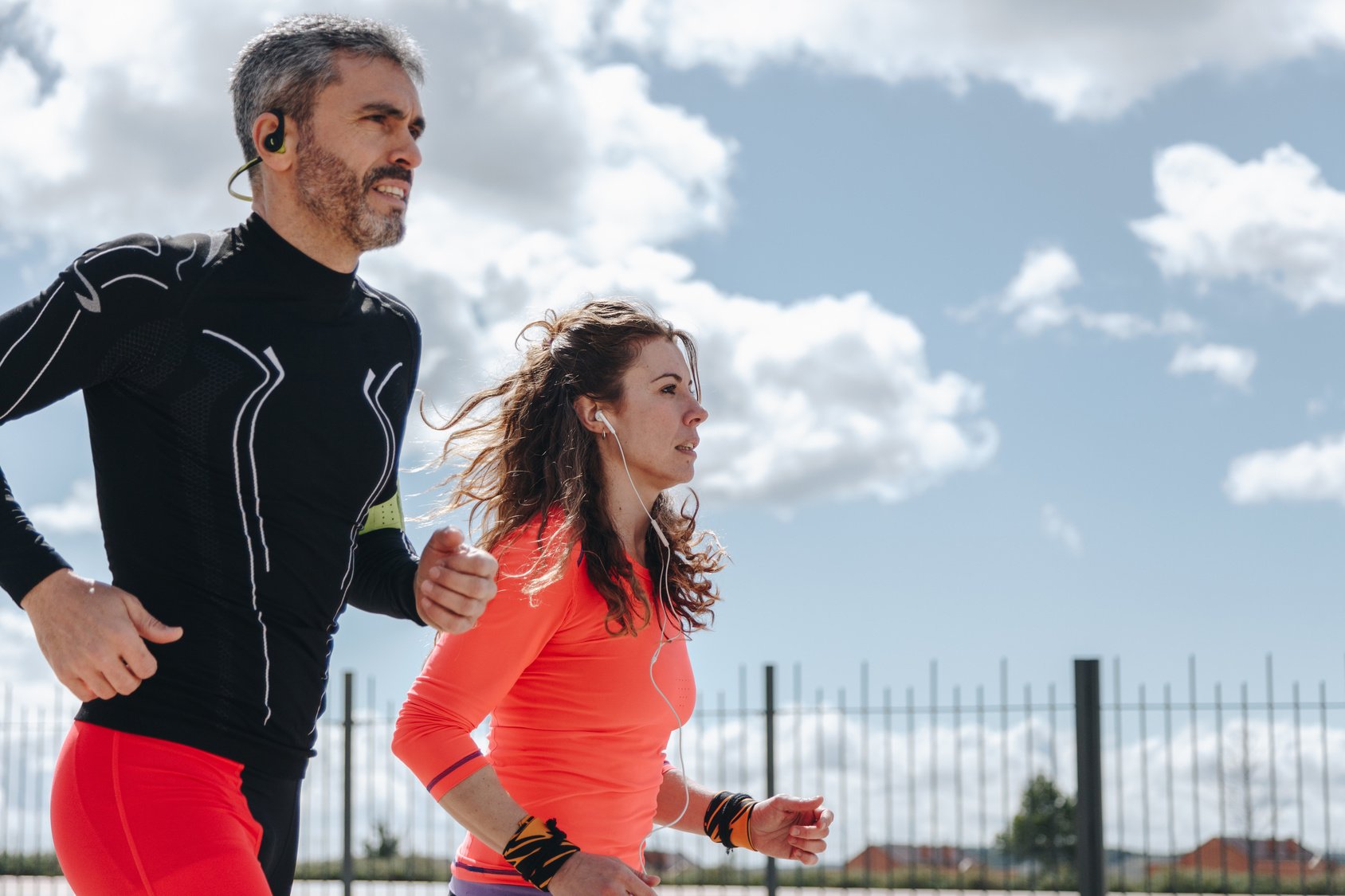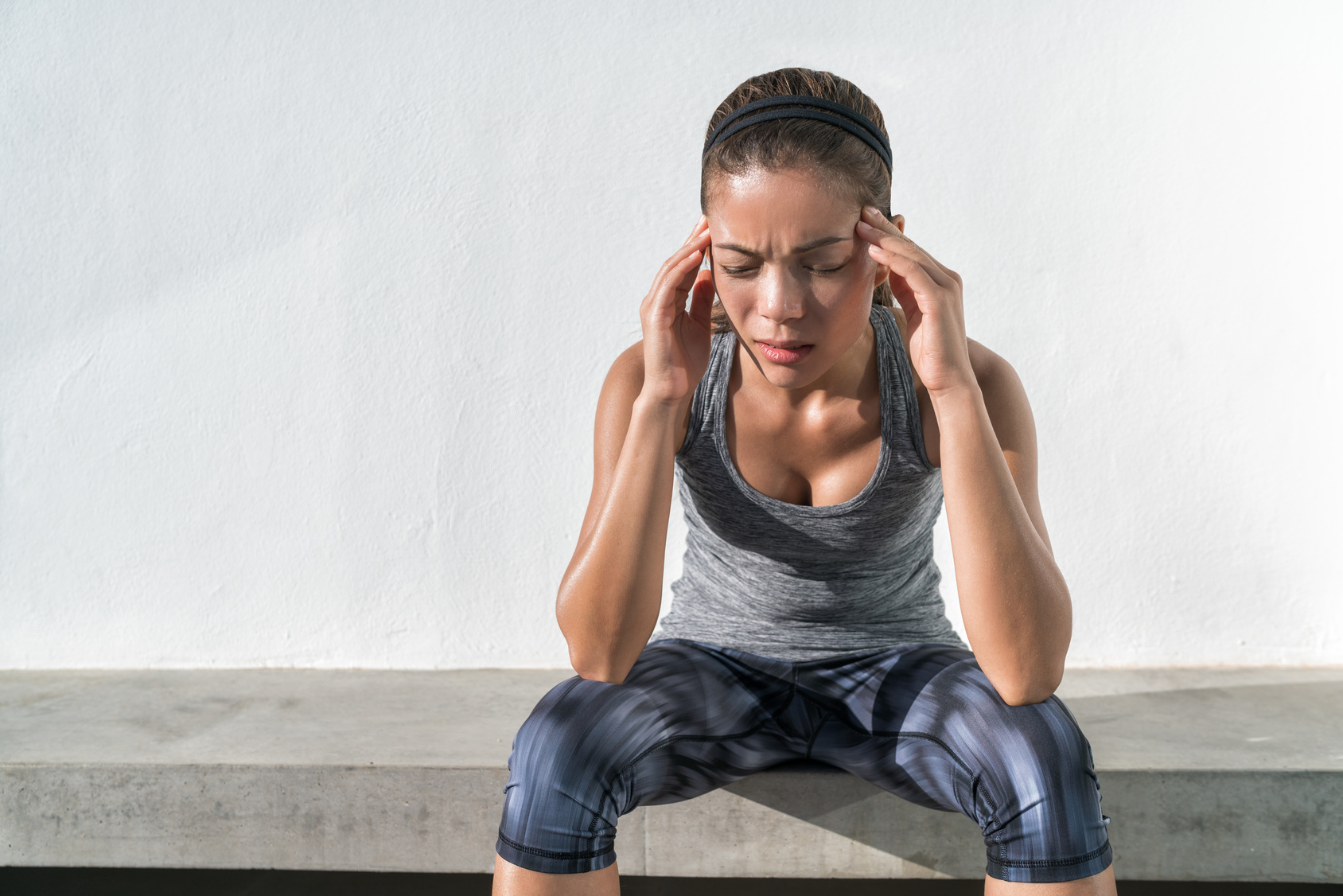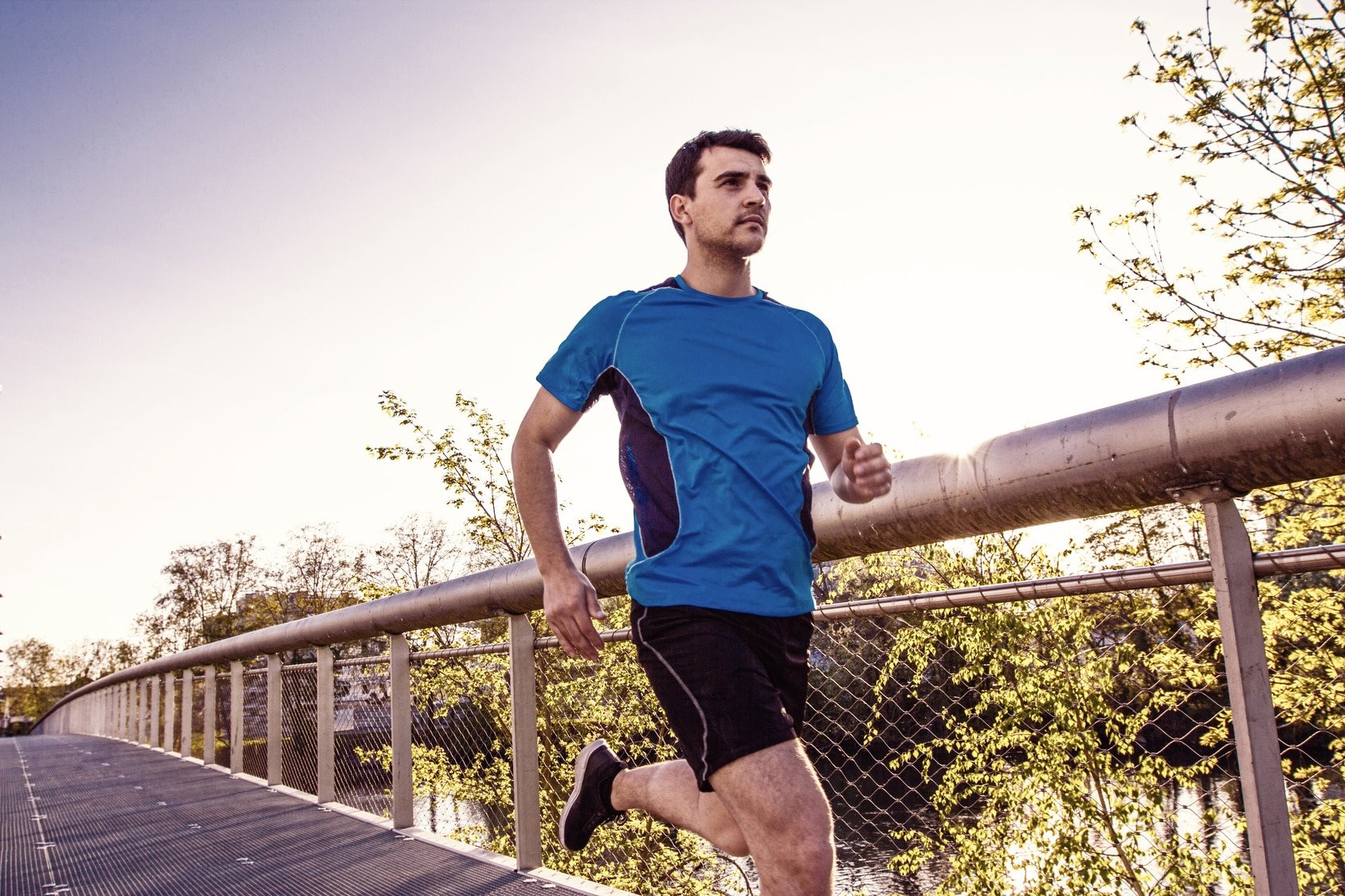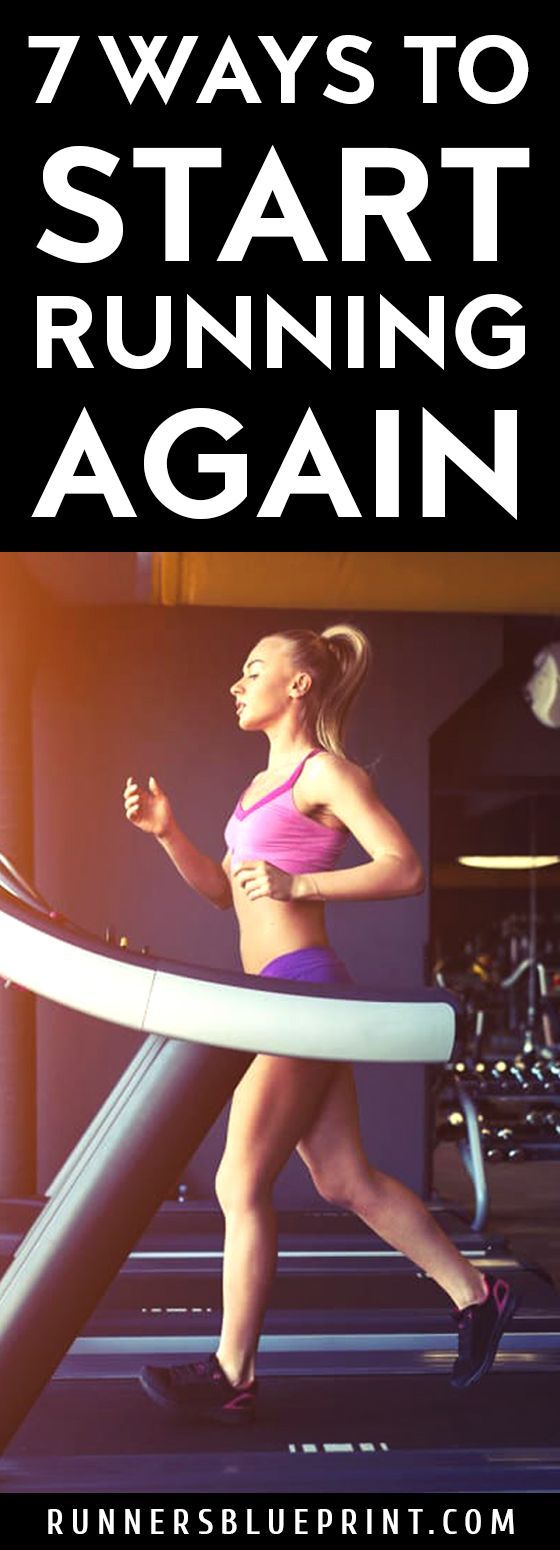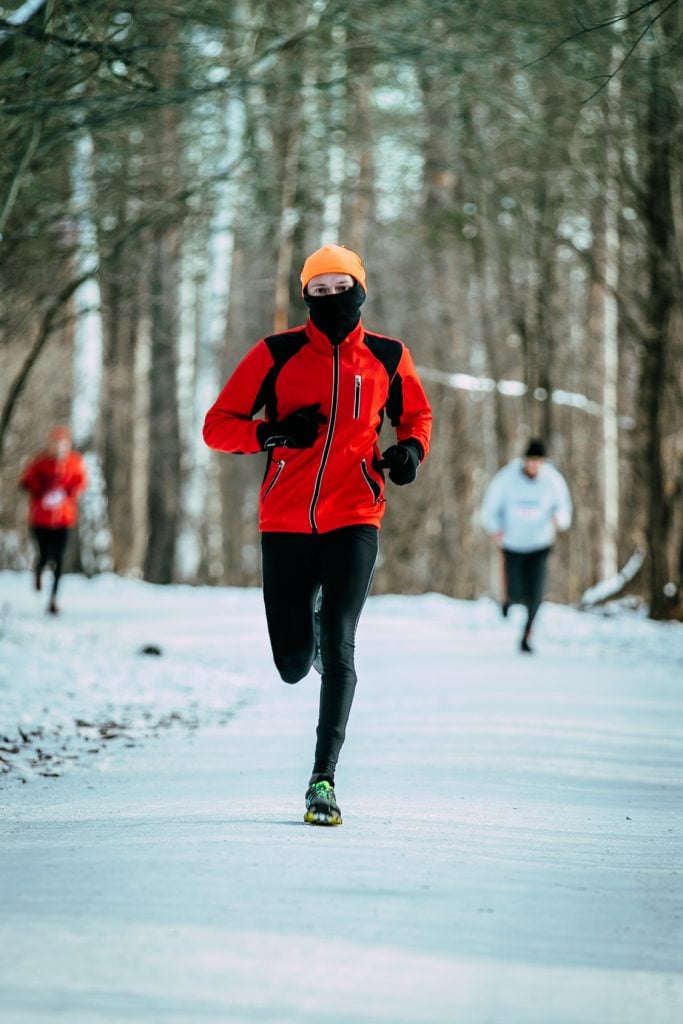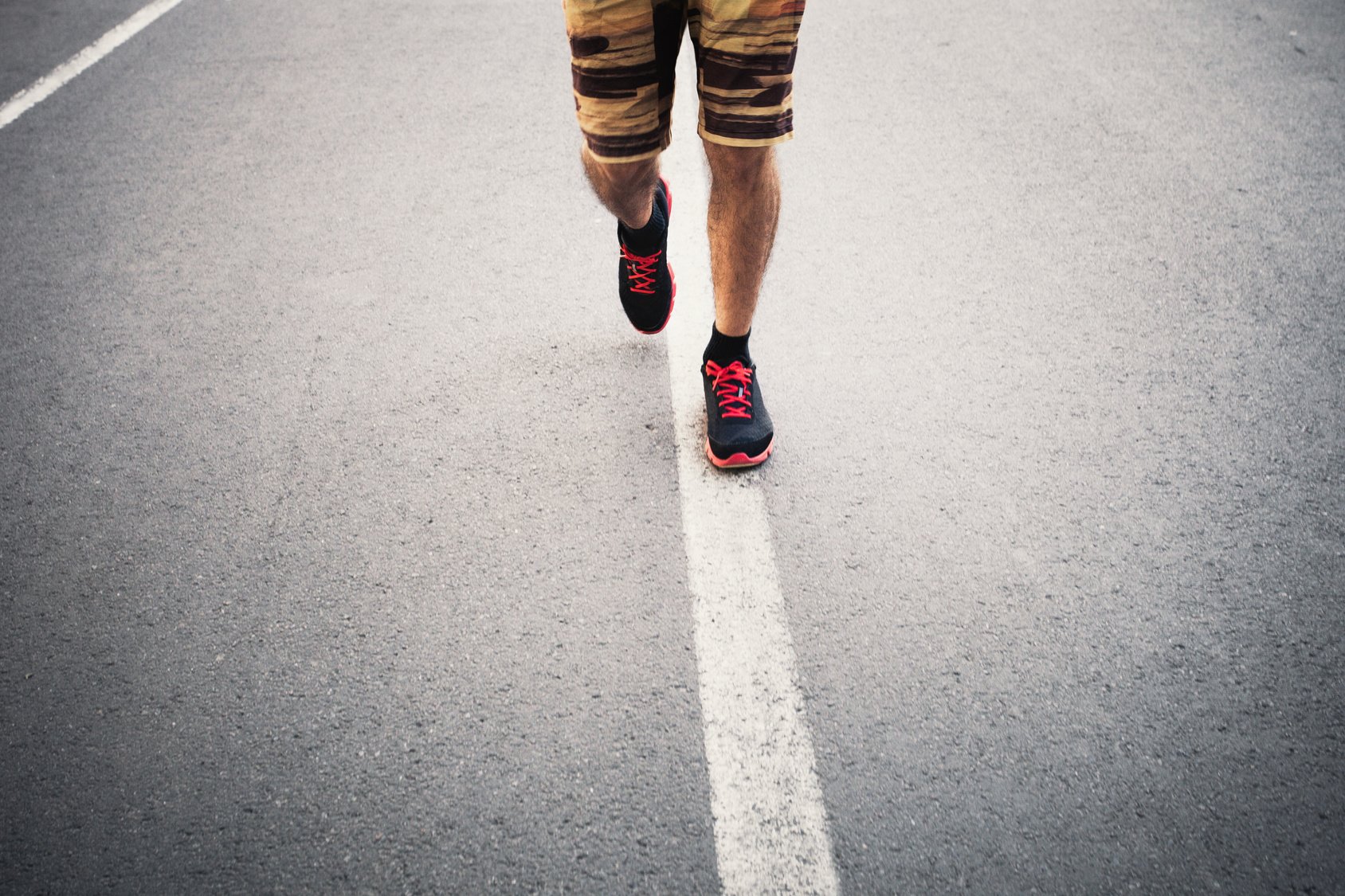Summer is a great time for running.
It’s the ideal opportunity to shed winter’s layers and hit the outdoors.
But when the temperature rises, running becomes a huge physical undertaking, and intense running can be quite dangerous.
In fact, run too long in the heat leads to heatstroke—that excruciating fatigue that makes you feel like you’re about to explode from the heat.
While running in the heat is often safe for most runners, taking a few preventative steps will help you stay safe and prevent complications associated with the heat.
This hot season, do your part in avoiding heat stroke when running by following the tips below.
But first things first, what is heat stroke and why it occurs?
Heat Stroke in Runners Explained
Heatstroke, the most dangerous form of heat-induced illness, occurs when the body’s heat-regulating system is compromised by excessive heat.
During the condition, body temperatures increase above its normal range, which is a degree or two of 98.6° F or 37° C.
Signs include nausea, confusion, seizures, disorientation, and often a loss of consciousness or coma.
Treating Heat Stroke When Running
On the onset of any symptoms, do the following immediately:
Out Of The Sun
If you suffer from any heat-related illness symptoms, it’s key to immediately get out of the sun and rest, preferably in an air-conditioned room.
If you can’t get indoor, try to find the nearest cool place or at least shade.
Elevate
Lie down and raise your legs to a level above your chest to get the blood flowing.
No Clothing
Remove any tight or extra clothing and equipment.
Drink
Drink plenty of fluids, such as water or sports drink to replace lost liquids and salt.
Don’t guzzle, though, but take sips.
Apply Cold
Bring your core body temperature down by applying cool towels to your skin, taking a cool bath, spraying yourself with a garden hose, or placing ice packs or wet towels on your neck, head, armpits, and groin.
Seek Medical Help
If these measures fail to improve your symptoms within 10 to 20 minutes, seek medical help.
Left untreated, heatstroke can cause organ failure, brain damage, and even death.
If you don’t cool down your body, heatstroke can lead to organ failure, serious injury, or even death.
How To Prevent Heat Stroke When Running
When it comes to managing and dealing with heat-related issues in runners, prevention is the best course of action.
After all, prevention is better than cure.
Here are the measures you need to protect yourself from heatstroke when running in the heat.
Enjoy!
Stay Well Hydrated
Proper hydration is key for warding off heat-related illnesses.
Water is not only a key nutrient, but it literally makes roughly 60 to 70 percent of your entire being.
While the key to staying well-hydrated is drinking plenty of water, it’s easier said than done when temperatures rise.
Your body generates more heat when you’re surrounded by hot air, making it harder to maintain core temperatures within the healthy range.
Here’s how to keep your body well hydrated:
- Drink plenty of liquids before, during, and after your runs.
- Top off your hydration stores with 8 to 12 ounces of water before your run.
- Drink small sips during running roughly every 10 to 15 minutes, especially when running long in the heat.
- Toss in four to six ounces of water about every 15 to 20 minutes while running, then keep drinking fluids until your urine is clear.
- Weigh yourself before after your workouts. Shoot for 16 ounces of fluid for every pound of weight lost.
What’s more?
Keep in mind that thirst isn’t a good indicator of dehydration.
Once you’re thirsty, you’re already dehydrated.
Symptoms of dehydration include elevated heart rate (even when resting) and dark, golden-colored urine.
Additional resource – Running in the sun
Check The Heat Index
When planning to run outdoors, check the heat index to see if it’s suitable for outdoor exercise.
The heat index calculates air temperature with relative humidity to determine what temperature actually feels like.
The higher the index, the hotter the weather feels.
For instance, if the temperature is 90 degrees and the relative humidity is 70 percent, the air will feel as though it’s 110 degrees.
Also, consider the pollution level.
The higher the pollution level, the harder for you to breathe.
When the heat index exceeded 90 F, Consider jumping on the treadmill or cross-training.
You don’t want to torture yourself and end up in ER, right?.
This will make it harder for sweat to evaporate from your body.
Additional resource – Sodium for for runners
Dress Right
When the mercury rises, you need workout clothes that can keep you fresh, dry, and comfortable.
Go for high-performance fabrics that will wick the moisture and sweat away from your body.
High-performance fabrics have tiny channels that wick moisture away from your skin to the outer layer of the clothing, where it can evaporate faster.
Some of the best fabrics include Drymax, Coloma, Smartwool, polypropylene, and other high-performance athletic fibers.
What’s more?
Avoid tight clothing as it restricts the heat removal process as well as dark colors as they absorb the sun’s heat and light.
Protect Your Head
A running hat can help protect your face from the sun’s UV rays, as well protect your eyes from UV rays (again) impact that may lead to cataract and other eye problems after years of exposure.
This also helps reduce the risk of the sunburn.
A hat will also protect you from flying insects and cobwebs, especially if you run a lot in the country or on trials.
How about A visor?
Often a hat is too constrictive and may trap heat.
Instead, wear a visor if you want to wear something on your head to block the sun.
Additional Resource – Running in polluted areas
Be Patient
In order to prevent exertional heat stroke, it’s key to gradually acclimate yourself to running in hot weather.
It takes roughly two weeks for your body to adapt to the heat.
This is what’s known as heat acclimatization, and it consists of a series of physical adaptations that help your body better manage heat stress, cooling itself more efficiently in the process.
During that period, your working heart rate decreases, your core body temperatures lower, and sweat rate increases.
Instead of pushing the pace, scale down your running distance or intensity for the first few weeks.
Additional resource – Ice bath for runners
Pay Attention to Your Body
As long as you listen to your body and are willing to take the right precautions, you should be able to safely enjoy running in the summer season.
While running in the heat, pay attention to signs and symptoms of heat-related illness.
These include:
- Fast breathing
- Rapid heartbeat
- Heavy sweating
- Headache
- Redness or paleness in the face
- Nausea
- Warm, dry skin
- Intense thirst
- Diarrhea
- Confusion
- Vomiting
- Fainting
If you start to notice any symptoms—stop running, move to a cool, shaded area, and drink plenty of water until you feel back to normal.
Ignore these warning signs, and your condition will worsen, leading to a medical emergency.
If you already have a condition related to one of those issues, I suggest you run in a group or partner up.
Stay safe out there!
Conclusion
I can only give you this much attention because you are the only one that understands your body better than anyone.
By taking the above steps, you can pretty much guarantee that you can prevent a heat stroke when running.
It’s really up to you.
In the meantime, thank you for dropping by.
Keep running strong.



